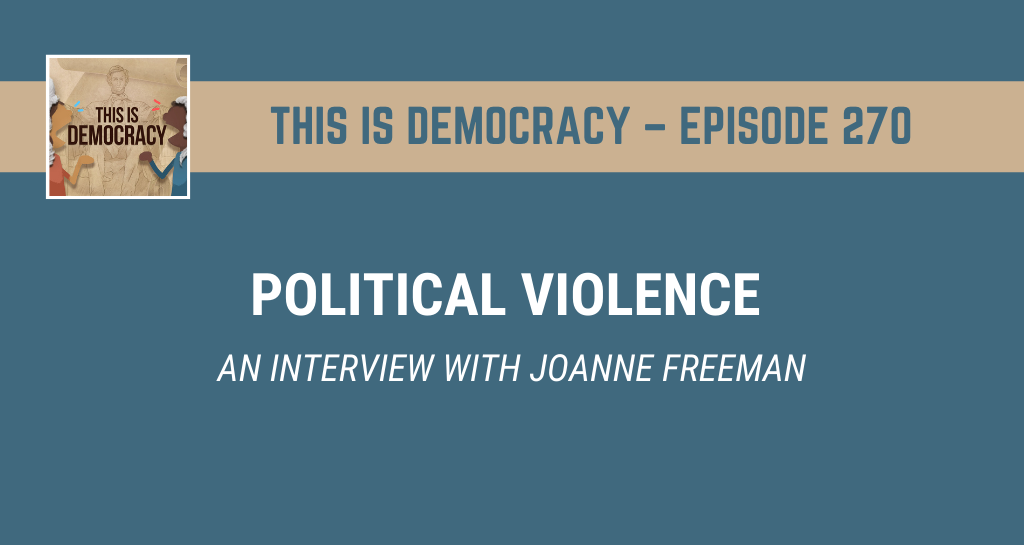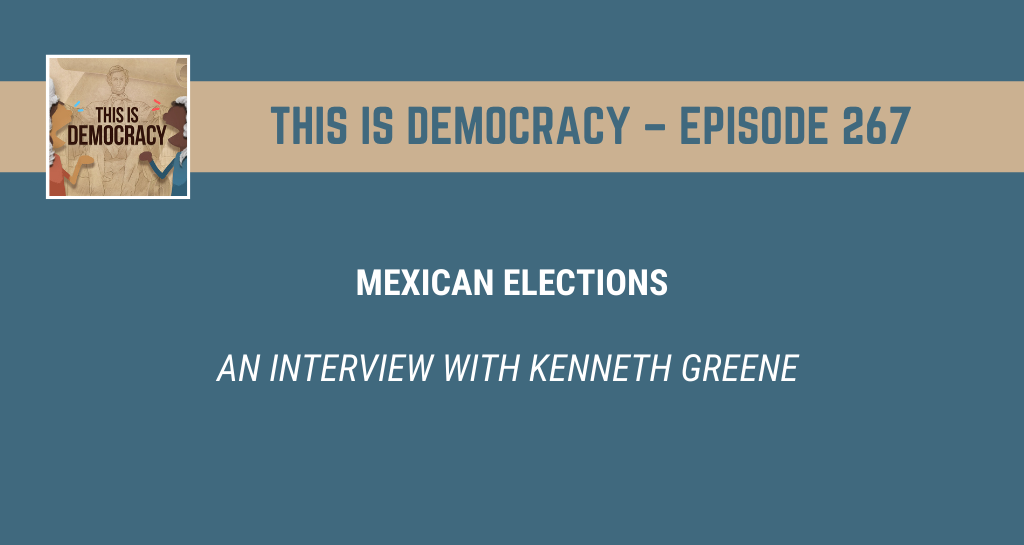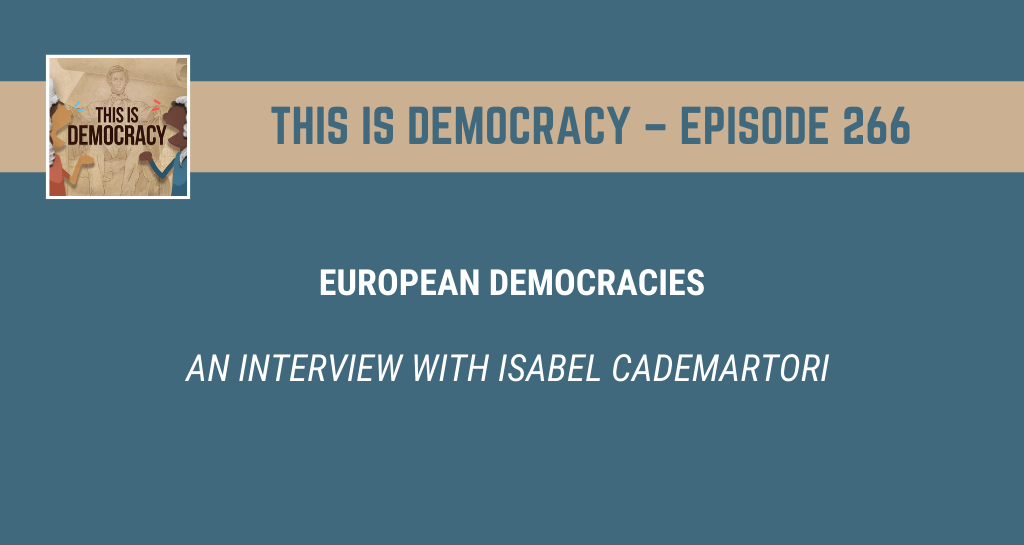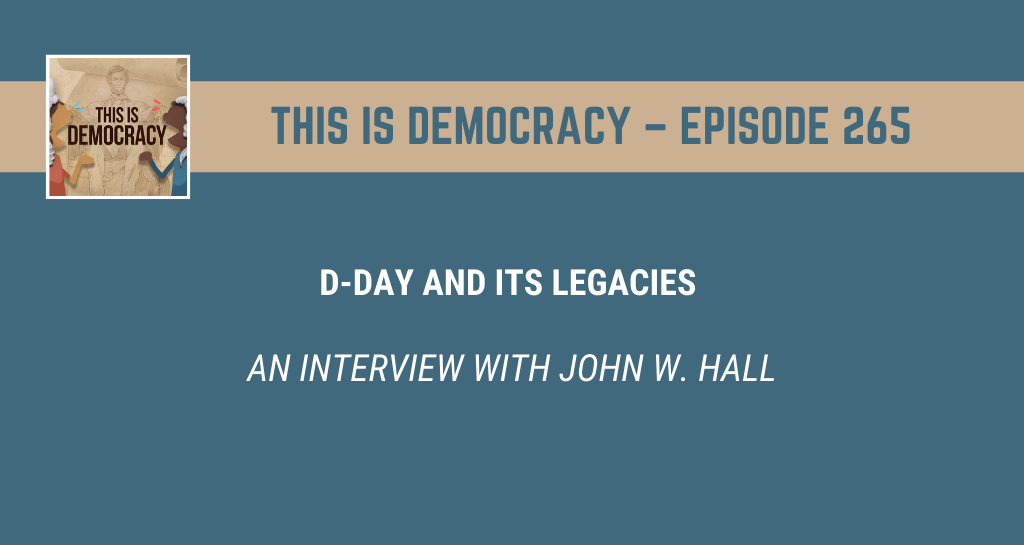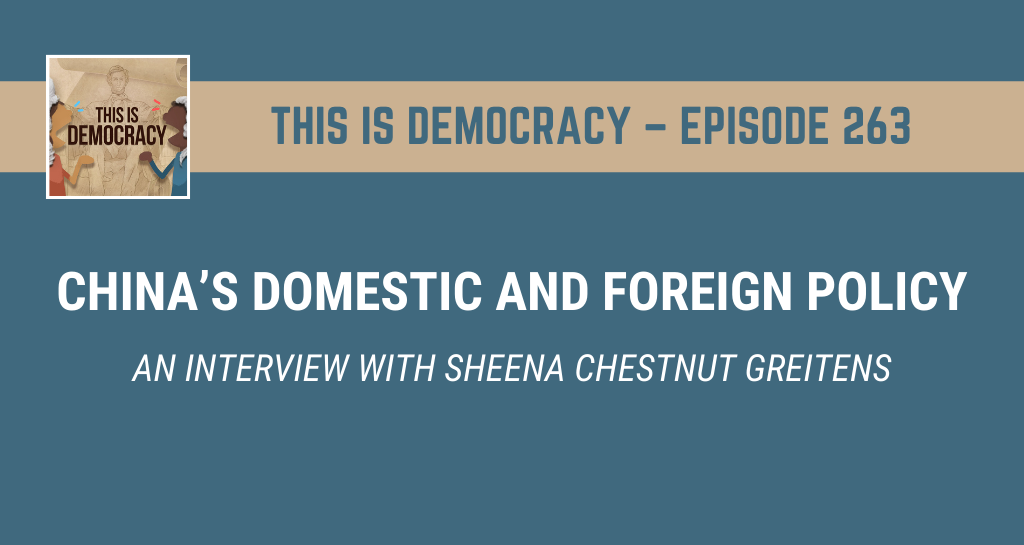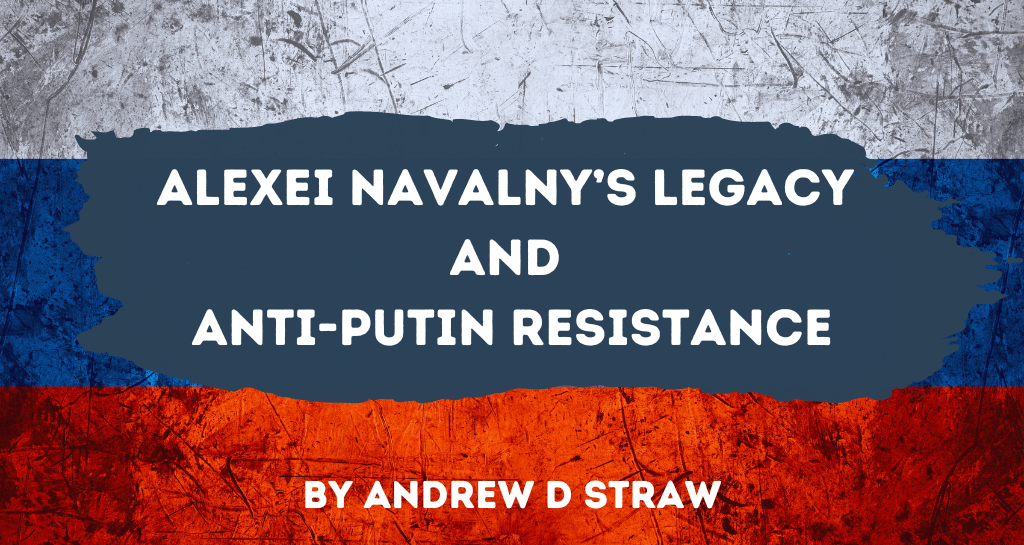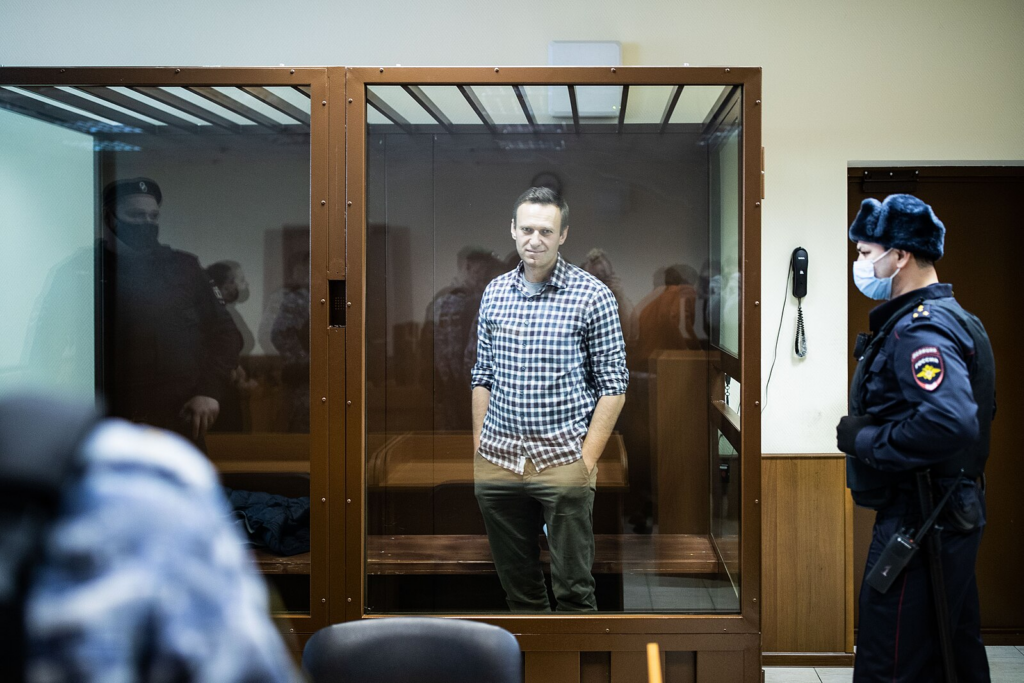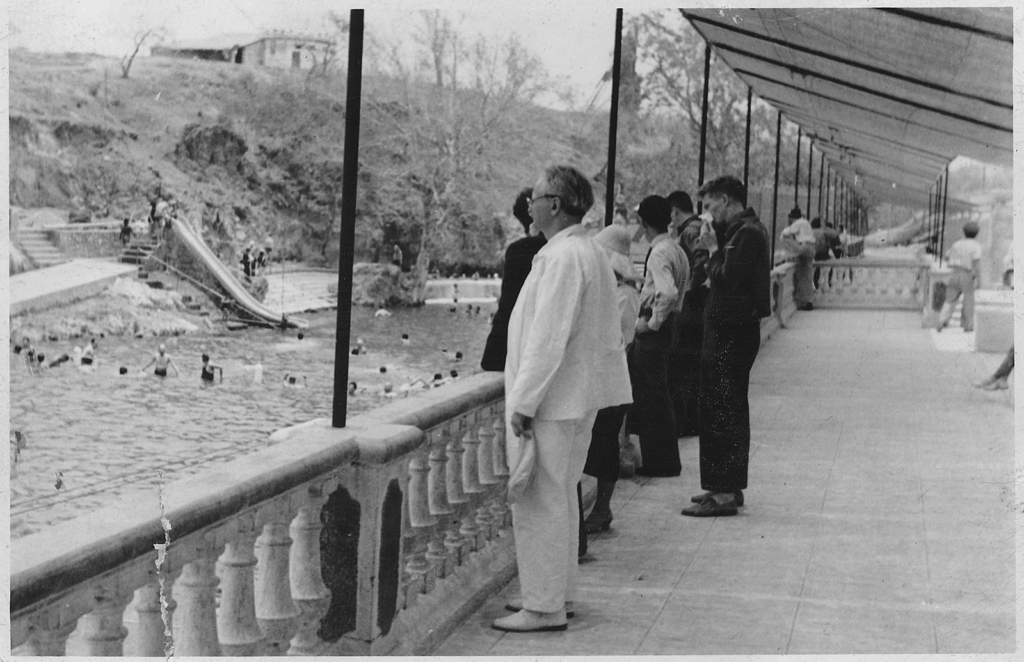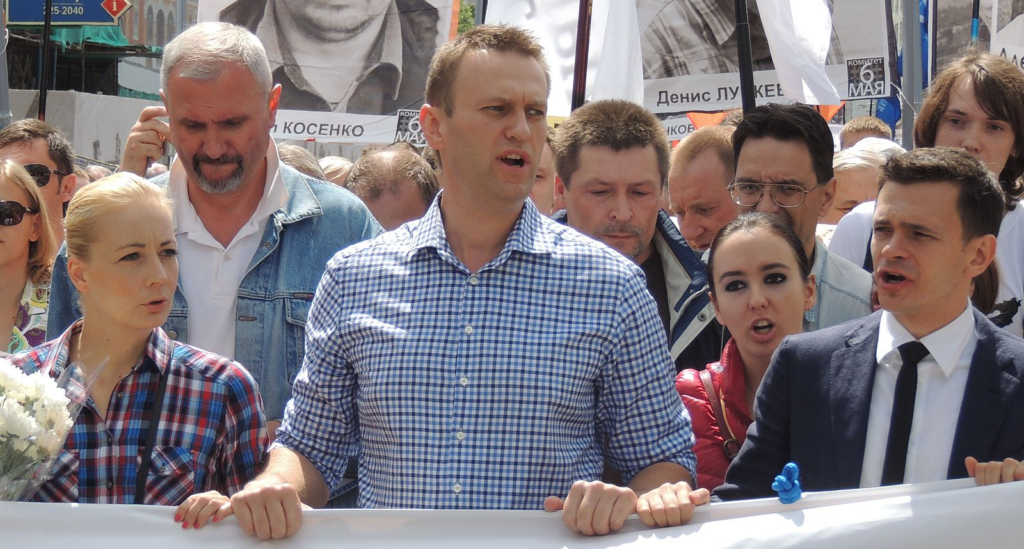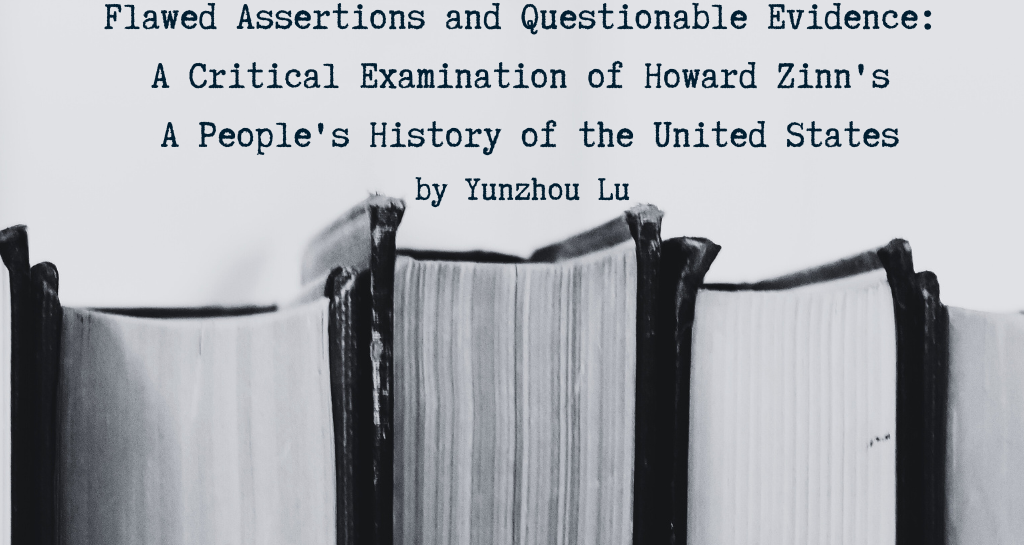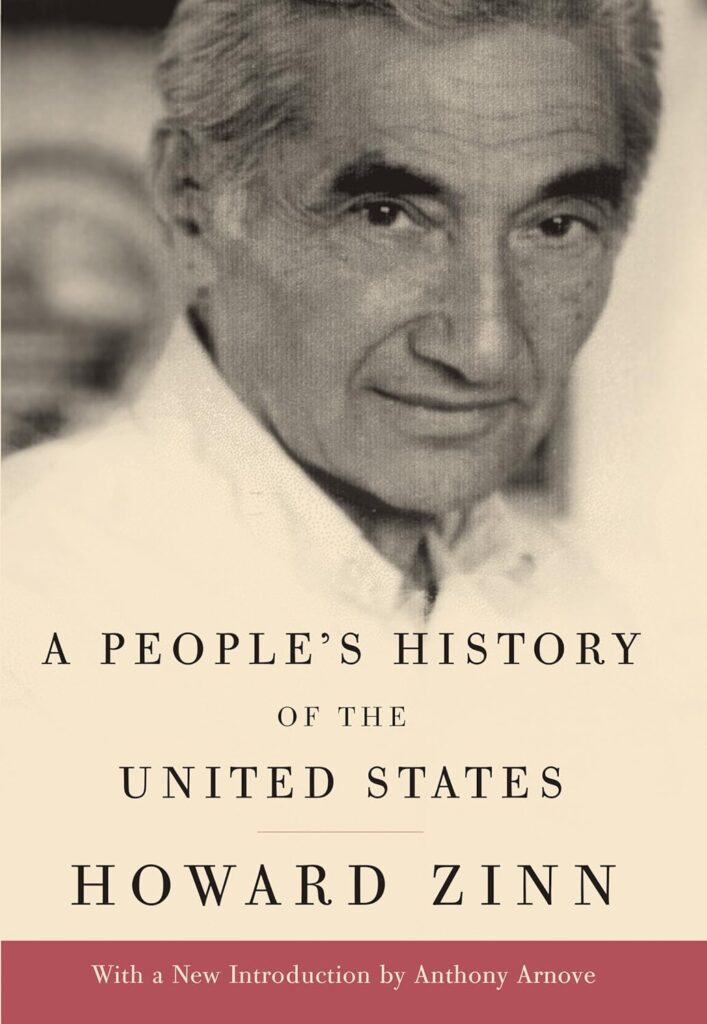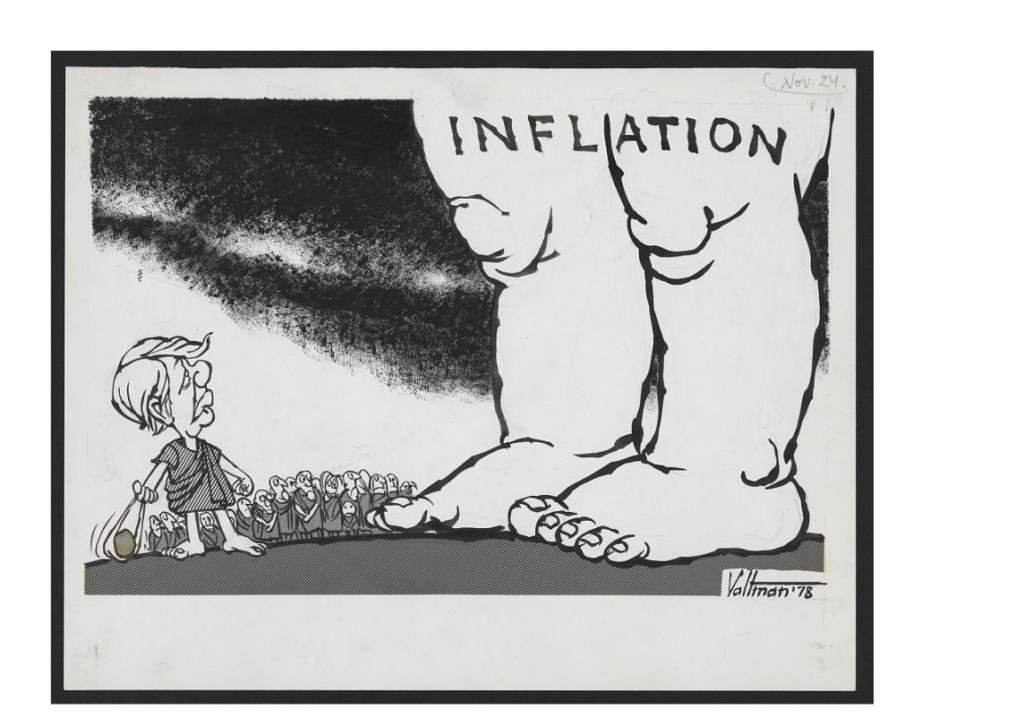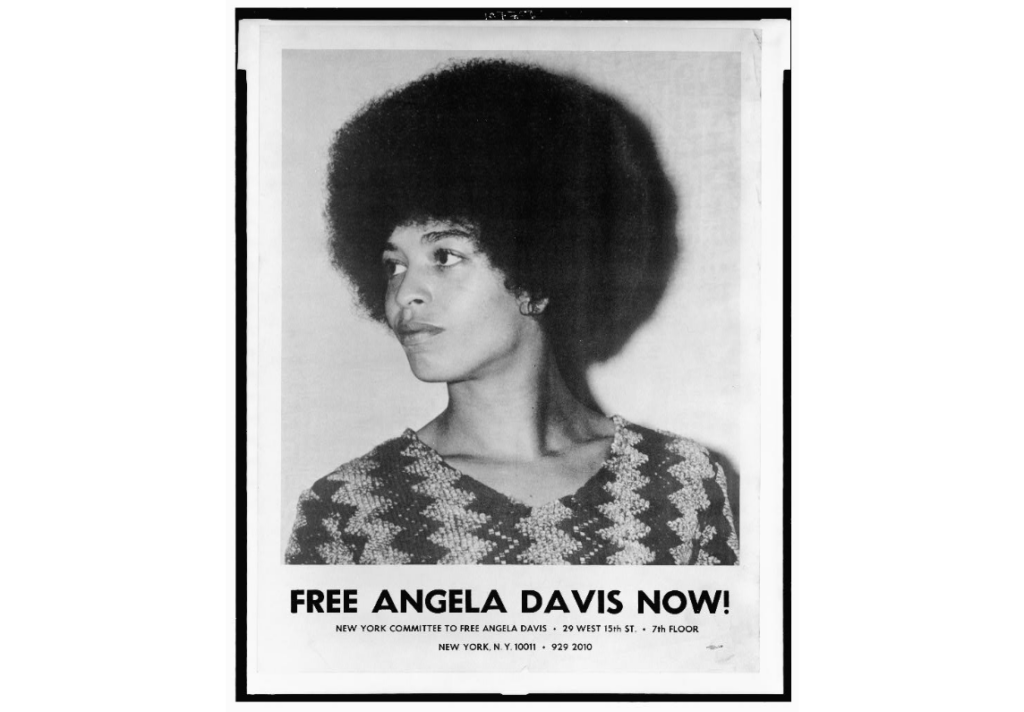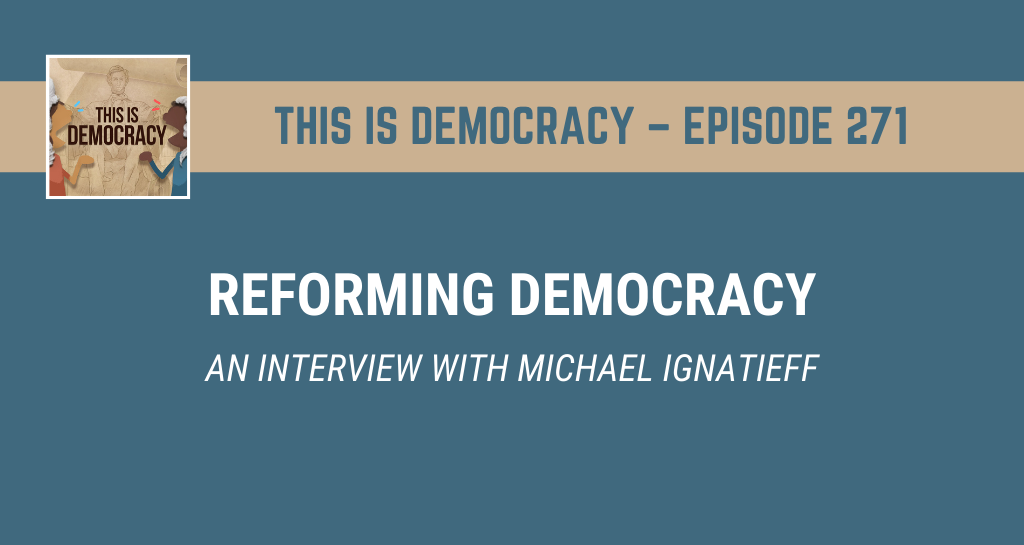
This week, Jeremi and Zachary are joined by Michael Ignatieff to discuss the current state of the institutions of democracy, how they are being questioned by some political movements, and how they can be reformed and strengthened.
Zachary sets the scene with his poem entitled, “A Constitution of the Soul.”
Michael Ignatieff is a historian and the former leader of the Liberal Party of Canada. He has served as rector and president of Central European University and is the author, most recently, of On Consolation: Finding Solace in Dark Times. Ignatieff published an important article this summer in the Journal of Democracy, “When Democracy is on the Ballot:”
